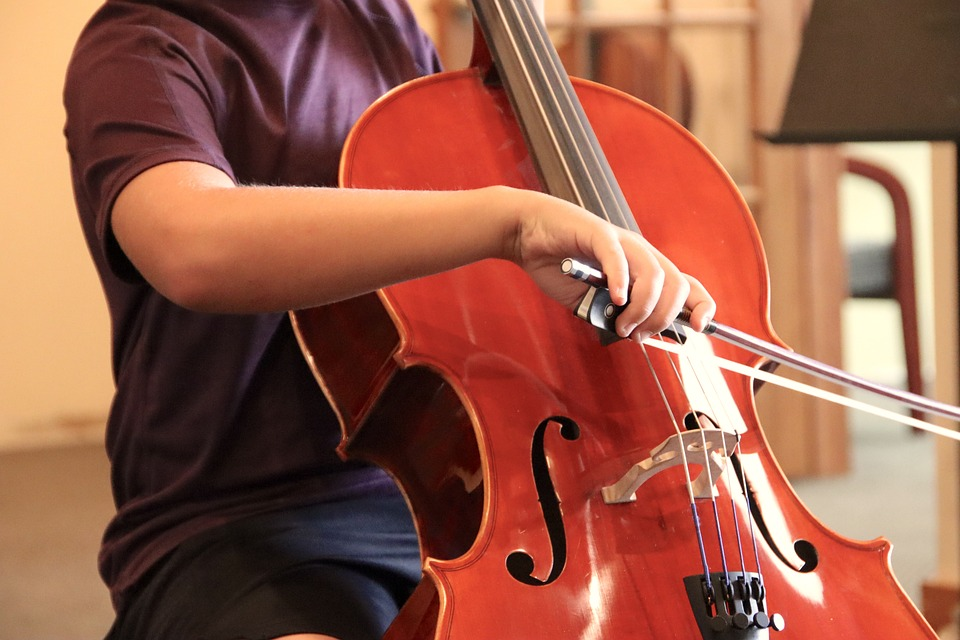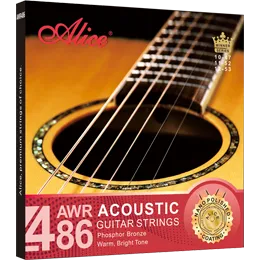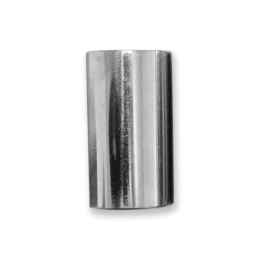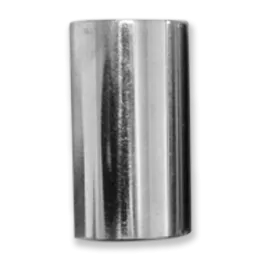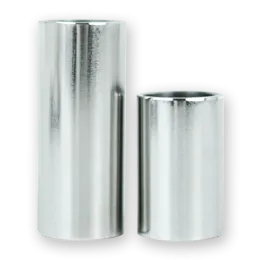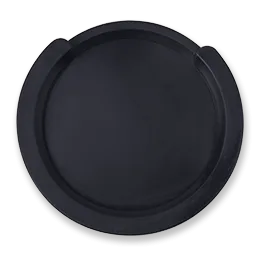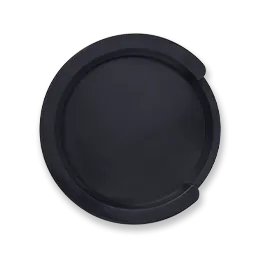[Guide] How to Properly Tune a Cello
Properly tuning a cello is one of the essential skills that every beginner cellist needs to learn. When a cello is out of tune, it dramatically impacts daily practicing and playing. In this article, we will give a general overview of why the cello is out of tune and introduce four common methods for tuning the cello. Finally, there are some tips on how to adjust the cello.
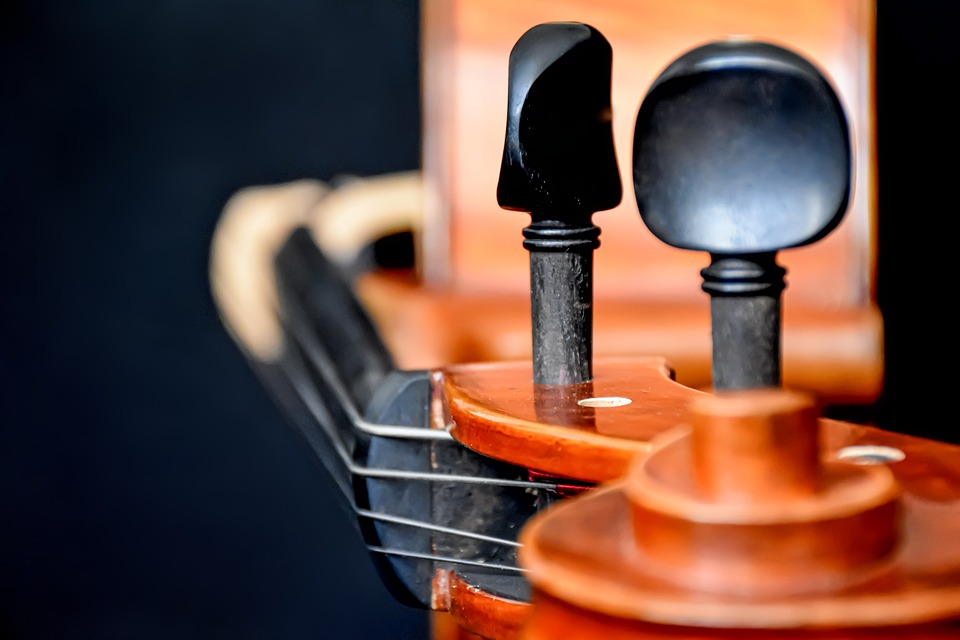
The reasons of cellos go out of tune
It is usual for a cello to be out of tune. For example, if the cello has been fitted with new strings, it will likely be out of tune. Since these newly strung strings take time to stretch and set, stabilizing them usually takes a day or two. In addition, the weather can also affect cello strings. The cello strings and bows can be easily broken if the weather is too dry. Small changes in humidity or air pressure can also affect the sound of the strings. And finally, shocks or blows to the cello can also cause the strings to go out of tune.
Methods of tuning a cello
(1)Tuning with string adjusters
The use of string adjusters is a standard method of tuning a cello. The player attaches the adjuster to the top of the tailpiece and passes the end of the string over the fingerboard, bridge, and adjuster. In parallel, the player can turn the tail adjuster screw to make adjustments. Turning it clockwise raises the pitch of the strings, and turning it in the opposite direction lowers the pitch.
(2)Tuning with pegs
The pegs are located on the top of the cello, and each string has a peg and a hole that passes through it. The strings can be loosened or tightened by turning the pegs. It is necessary to tune the pegs slowly and evenly. If the peg is turned too quickly, the strings can become too tight and be broken easily. By lightly adjusting the pegs, the strings will be less damaged and can be tuned to the correct pitch.
(3)Tuning with harmonics
Tuning with harmonics is another method for advanced tuning. Harmonic tuning is lightly playing the strings on the fourth position to play the harmonic note A while feeling the D string in the fourth position to tune the same pitch. Some advanced cellists only need to rely on a single note to make adjustments on other strings.
(4)Use an APP
Many applications for turning the cello have appeared on the device to make people’s daily tuning easier. These apps usually include tuning instructions that show the pitch played on the screen. If the pitch of each string matches what is displayed on the screen, that is the correct pitch.
Tips for tuning a cello
- Clean strings can work longer. Wiping the cello strings after each practice or playing is recommended, and always keeping the strings clean.
- Protect the strings from bumps or shocks. If the string is bumped, it can affect its integrity and cause it to break.
- Avoid removing or loosening the strings on the cello at one, as this will cause the bridge and soundpost to fall simultaneously.
- Players can spend time trying different tuners or tuning applications, resulting in faster and more competent tuning.
- Weather and humidity can cause strings to become out of tune. If there are special weather conditions, the strings must be tuned promptly.
Alicestrings: A807 Cello String Set
Alicestrings provides music lovers with high-quality products and is committed to developing the music industry. In addition to learning how to tune a cello, choosing the right strings is also crucial. The A807 Cello String Set is Alicestrings’ original string set for the cello. These strings have a high-quality braided steel core and are wound with Ni-Al and Ni-Cr. This product is known for its sweet sound, rich resonance, and comfortable handling. It is a good choice for every cello beginner and professional cellist.

Contact us if you want to know more about Alicestrings!
Related articles:
- How Tight Should Guitar Strings Be?
- Do Heavier Strings Sound Better?
- Does String Gauge Really Matter?
Relate News
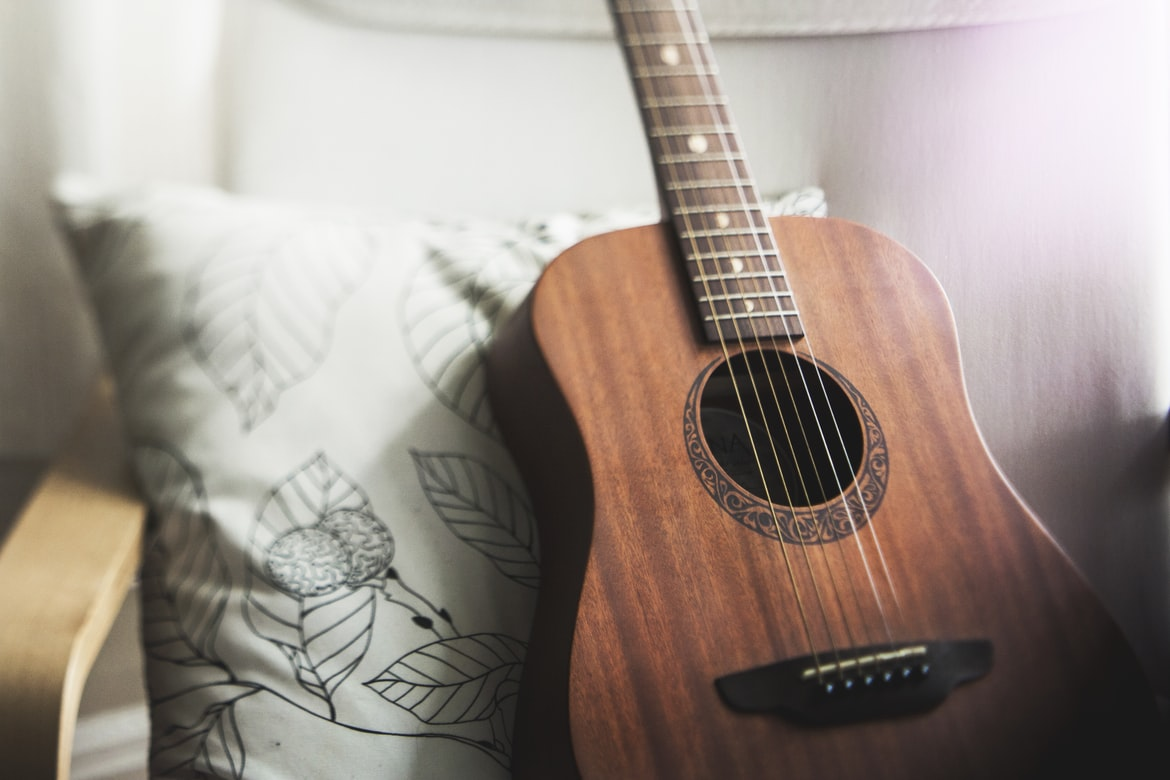

Phosphor Bronze Strings vs. 80/20 Bronze Strings: Which Should You Choose?

What is the Difference Between Guitar Strings and Guitalele Strings?
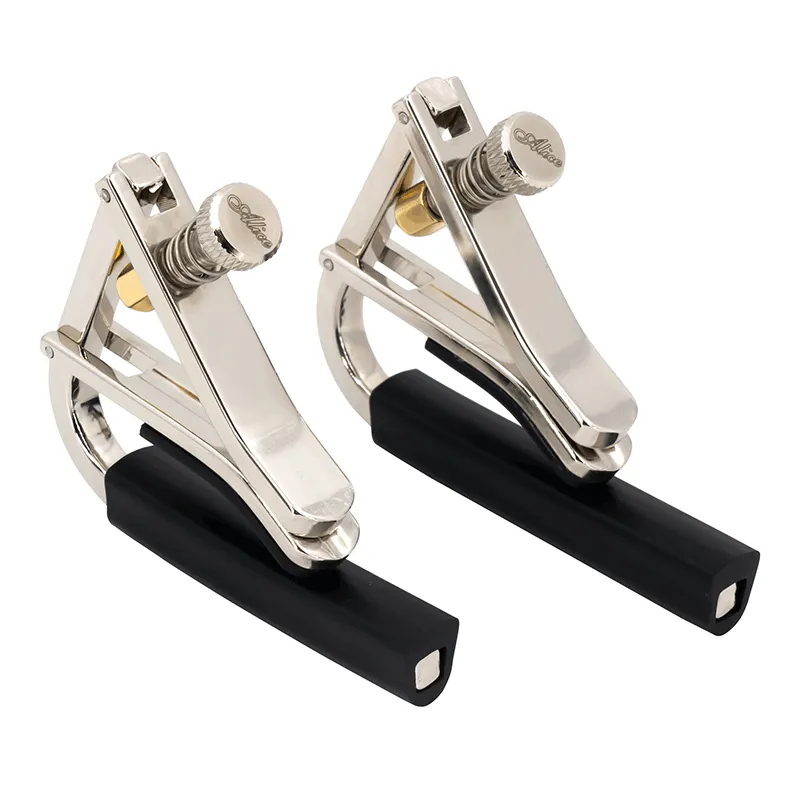
What Is a Guitar Capo Used For?

How to Choose the Right Guitar String Gauge: Light, Medium, or Heavy?

What Strings Are Best for an Acoustic Guitar?

Electric Guitar Strings vs Acoustic Guitar Strings Difference, and Can Swap Them?
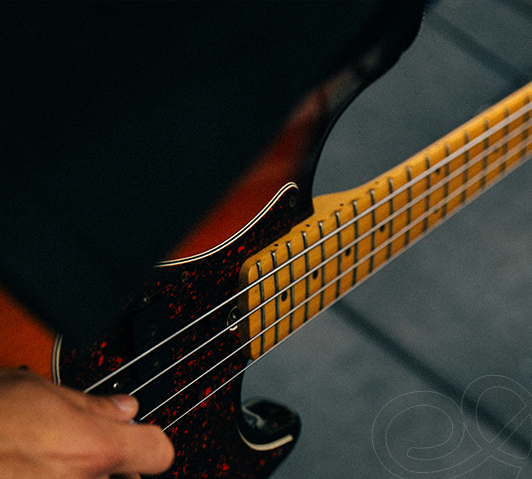
Guitar String Guide: Top Picks for Electric, Acoustic, and Classical Guitars
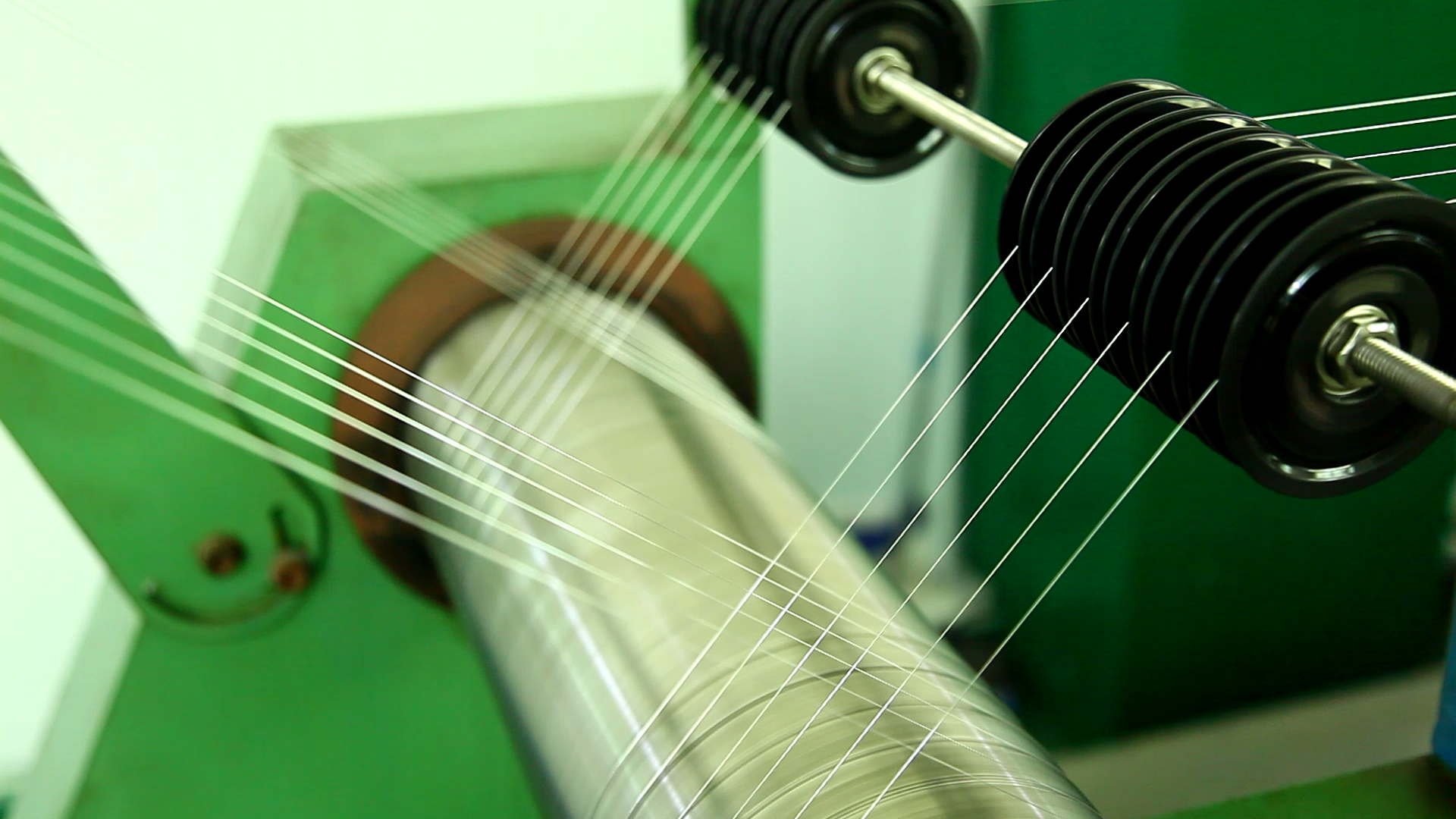
Alicestrings Guitar Strings Collection 2023

Alice String Set FAQs: All about Guitar/Oud/Bowed Instruments

How to Choose the Right Cello Strings
